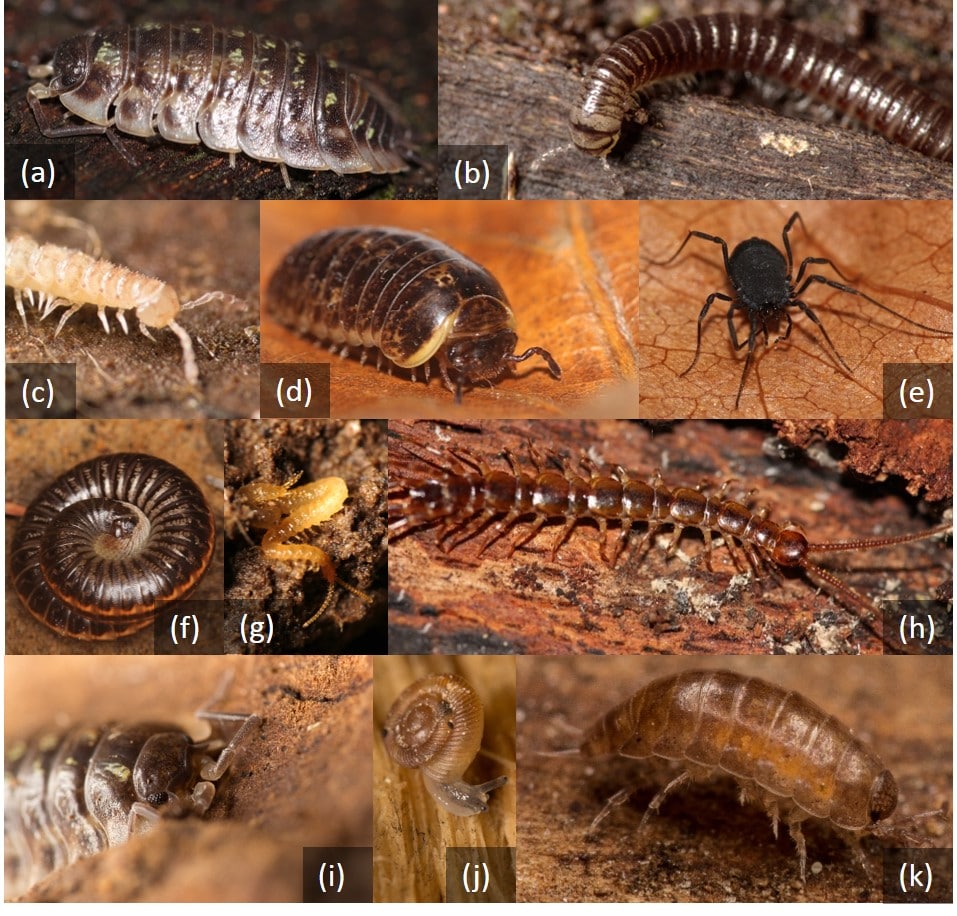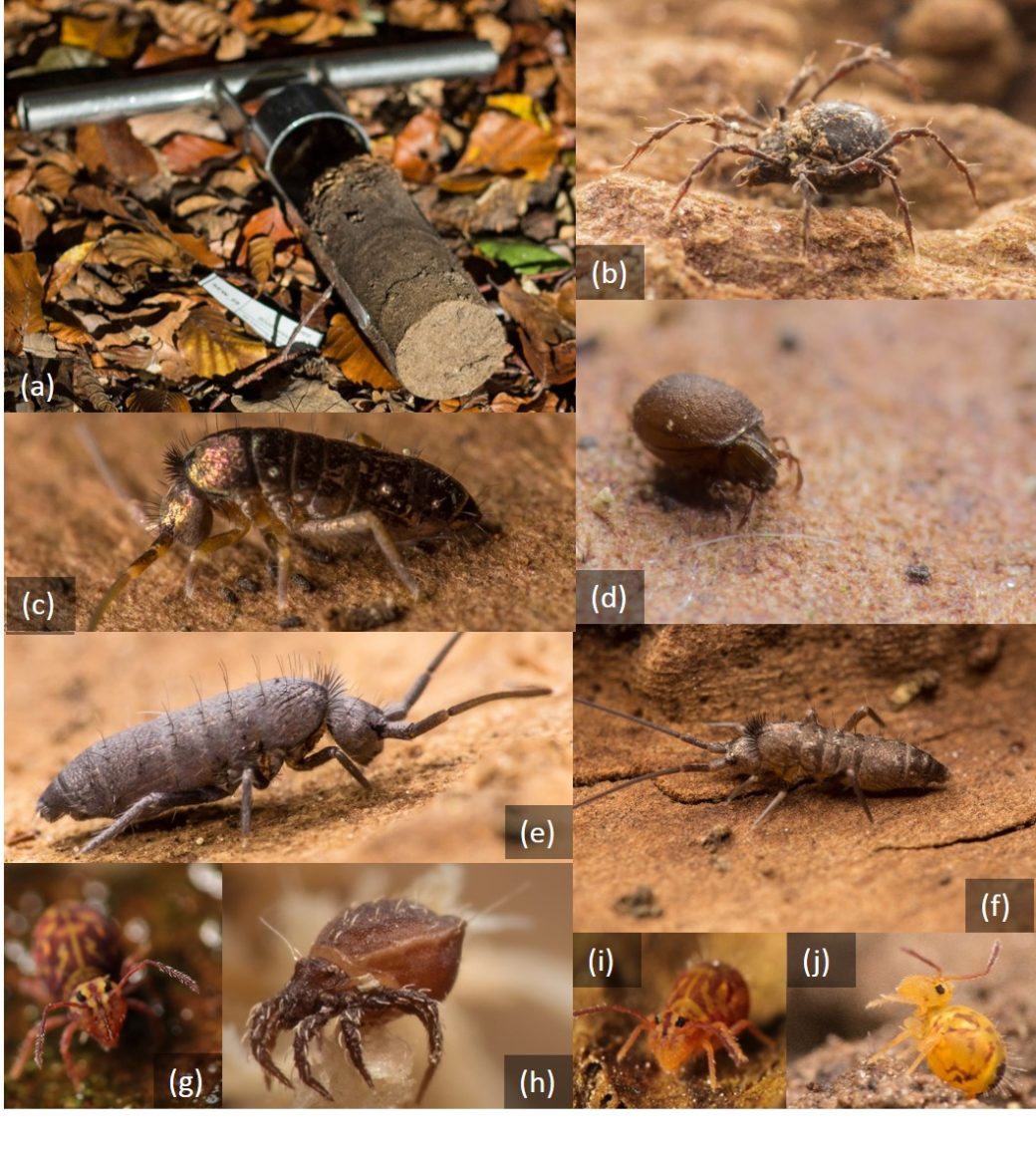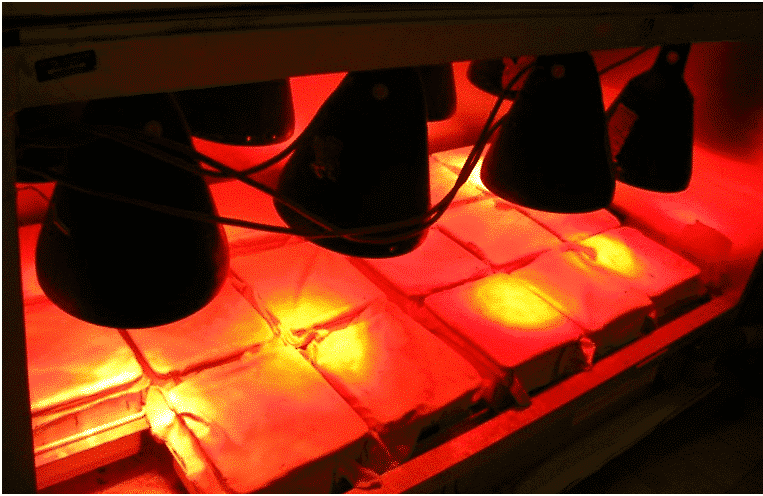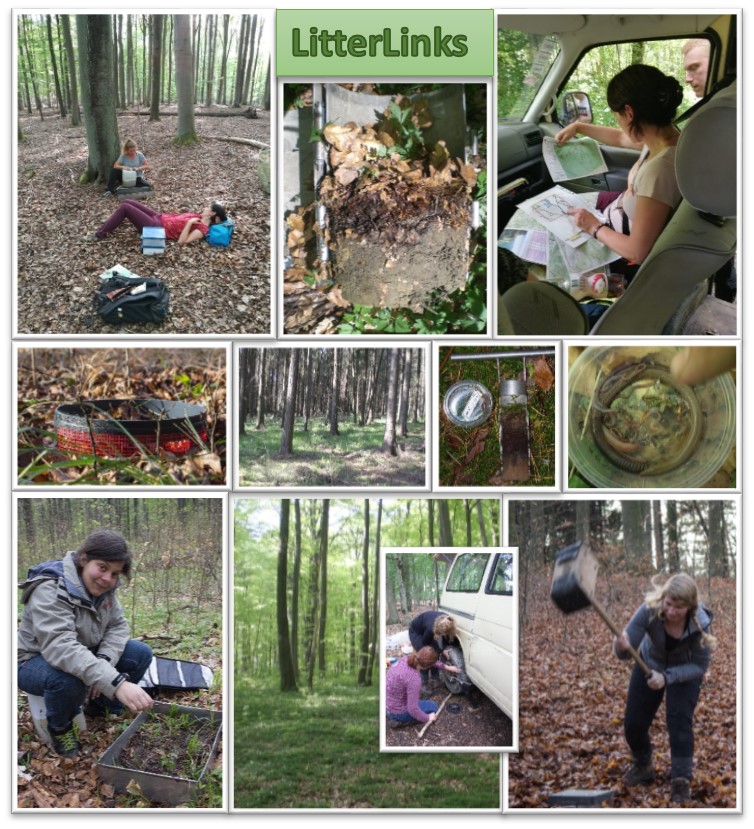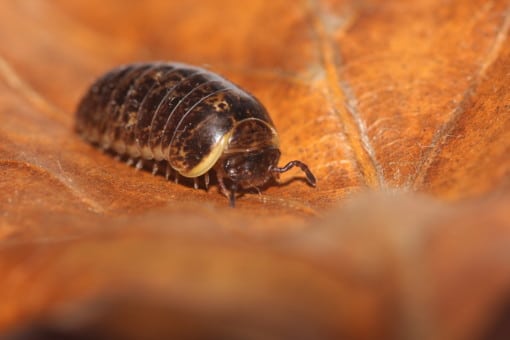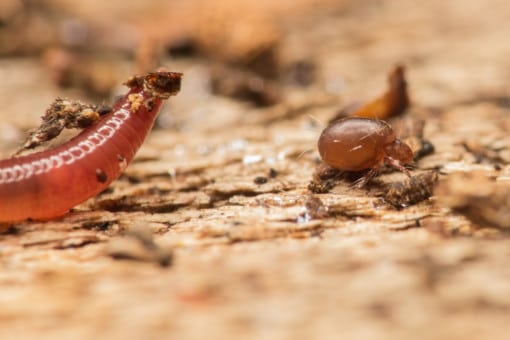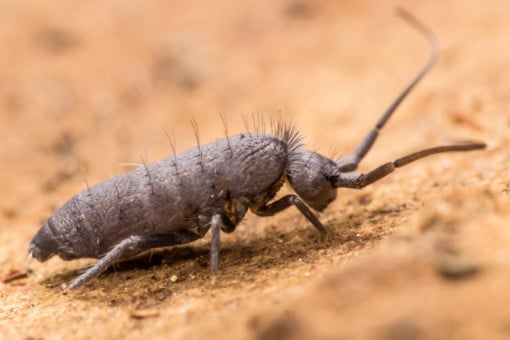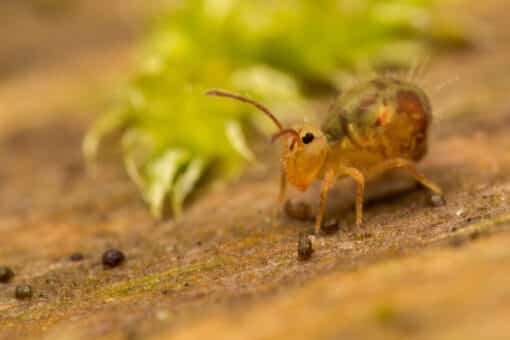Changes in soil food web structure of the decomposer system with land-use intensity in forest systems
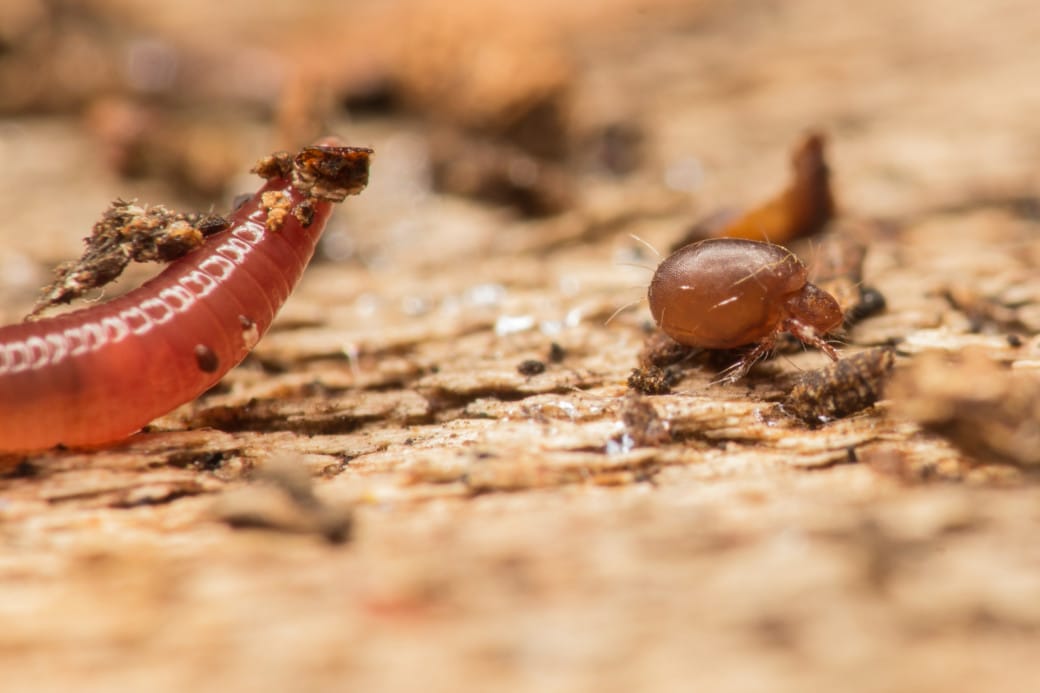
Soil food webs are an essential part of terrestrial ecosystems and closely linked to aboveground systems. In soil, animals act as decomposer of dead organic matter, as root feeders or as ecosystem engineers, which improve soil structure by mixing soil layers. Despite their important role, we know little about these creatures and their interactions due to their small size, high diversity, but also their cryptic life.
We examine the effect of forest land use on the structure of and trophic interactions in soil animal communities. The goals of this project are two-fold: First, we characterise the animal communities of the soil and litter layer in differently managed forests and record shifts in abundance, diversity and biomass over time. We then use these data to study trophic relationships of key species, their trophic position and food resources.
We are examining inter-annual shifts in soil animal communities. Species fluctuate between years due to changing abiotic (temperature, precipitation) and biotic factors (changes in competitive interactions, predation or facilitation).
Hypotheses
- Generally, dominance and trophic structure in the soil animal communities vary little in time, and variations with forest type / land-use intensity are consistent in time.
- Temporal variations are more pronounced in larger soil animal taxa and increase with trophic level.
Methods
Soil Macrofauna (Fig.1) and Mesofauna (Fig.2) will be extracted from litter and soil separately using the high gradient canister technique (Fig. 3A). Earthworms will be extracted by the mustard method. Soil animals will be identified to species level and abundance, diversity and biomass will be recorded.
Information on microorganisms is essential for the analysis of trophic links in soil animal food webs.
Therefore, microbial biomass will be measured by substrate-induced respiration (SIR) and microbial phospholipid fatty acid (PLFA) patterns using biomarker fatty acids.
The project aims at filling the gap of knowledge on the role of the fungal and bacterial energy channel for soil animal food webs by focussing on links between microorganisms and microbivores. Collembola are a highly diverse soil animal group feeding mainly on fungi and bacteria. We are concentrating on species in which their diet has been analysed before using stable isotope signatures and fatty acid patterns.
Hypotheses
- The use of general fungal primers allows to explore the range of fungi and bacteria consumed by fungivores.
- Specific primers for representative saprotrophic and mycorrhizal fungi allow quantifying the role of saprotrophic vs. mycorrhizal fungi in the diet of fungivorous Collembola.
- Molecular gut content analysis allows to unravel changes in trophic niches of fungal feeding soil mesofauna species with forest type / land-use intensity.
Methods
General and specific primers for saprotrophic and mycorrhizal will be used.
Six Collembola species will be selected, three representing primary and three representing secondary decomposers. The six species of each of the four forest land-use systems of the three exploratories will be screened for their fungal diet using general and specific primers for saprotrophic and mycorrhizal fungi.
We aim to follow energy fluxes from basal resources, such as fungi, bacteria and plants, through the decomposer food web up to predators, thereby uncovering differences in energy fluxes with management intensity and forest type. We will analyse major groups of meso- and macrofauna at community level, including Collembola, Oribatida, Gamasida, Lumbricida, Diplopoda/Isopoda and Araneida.
Hypotheses
- Energy fluxes vary little between differently managed beech forests, but differ between deciduous (beech) and coniferous forests; this pattern is consistent in time.
- Energy is channeled in similar ways through meso- and macrofauna, reflecting food web compartmentalisation; patterns are similar in beech forests of different age, but differ between beech and coniferous forests.
Methods
As δ13C signatures in amino acids differ between bacteria, fungi and plants due to different biosynthetic pathways, a fingerprinting approach using δ13C values of essential amino acids can differentiate basal resources in consumers. The relative consumption of these resources can be quantified using mixing models. The trophic position of consumers can be calculated using δ15N values of so-called ‘trophic’ and ‘source’ amino acids; the former are strongly enriched with each trophic transfer, whereas the latter are not or only slightly enriched, reflecting the isotopic signature of the basal resource. The trophic position can be calculated from the isotopic difference between these amino acids more accurately than by using bulk isotopic signatures.
Compound-specific analysis of δ13C in marker fatty acids for bacteria, fungi and plants can also provide information on energy fluxes from different basal resources to consumers, thereby complementing compound-specific analysis of amino acids.
The aim of this project is to analyse the response of decomposer communities and the soil food web to forest gap formation as strong disturbance and the presence of deadwood which provides additional niches for the decomposer community. The approach opens the perspective for understanding the stability and long-term recovery of major functions of soil animal communities as well as the recovery of soil animal communities at species level after strong disturbances.
Hypotheses
- The response of soil animal communities to forest gap formation varies between functional groups of soil invertebrates and is most pronounced in detritivores (rather than predators).
- The response of soil animal communities to forest gap formation varies with forest type / land-use intensity and is most pronounced in forest ecosystems of low management intensity, i.e. increases from natural to mature to young beech to coniferous forests.
Methods
Following the design of the common ‘forest gap experiment’ (FOX) four types of experimental plots will be established within different forest types: undisturbed dense forest, dense forest with deadwood on the forest floor, forest gap with deadwood on the forest floor, and forest gap without deadwood. In each of the experimental plots the soil fauna (Figs 1 & 2) will be extracted from litter and soil using a high gradient canister technique (Fig. 3) and diversity, abundance and biomass will be measured. Earthworms will be extracted by the mustard method and microbial biomass will be measured by the substrate-induced respiration (SIR).
Our project LitterLinks examines the community composition and trophic structure of soil animals, and their microbial resources as related to variations in environmental factors, including forest types and land-use intensity.
- We showed that species composition, abundance and biomass of soil animal communities are strongly influenced by abiotic factors such as soil pH or climatic conditions (Bluhm et al., 2016; Pollierer & Scheu, 2017), pointing to the importance of regional environmental conditions, while soil animal communities are surprisingly resistant against changes in forest land-use intensity (Pollierer et al., 2021).
- Using a comprehensive toolbox of methods, such as bulk stable isotope analyses (Erdmann et al., 2012; Klarner et al., 2017), fatty acid analyses (Ferlian & Scheu, 2014; Ferlian et al., 2015), molecular gut content analyses (Günther et al., 2014) and compound-specific isotope analyses of amino acids (Pollierer & Scheu, 2021), we showed changes in energy fluxes from basal resources to animal consumers in different forest types at the level of species.
- Energy fluxes through microbial channels were more pronounced in coniferous compared to beech forests, with most mesofauna species feeding on saprotrophic and not ectomycorrhizal fungi (but see Bluhm et al., 2019). However, despite variations in leaf litter and microbial community composition (Pollierer et al., 2015), trophic niches of soil animal species were consistent across different forest types, presumably due to feeding at specific microsites (Ferlian et al., 2012; Pollierer & Scheu, 2021).
- Deprivation of root-derived resources in a trenching experiment heavily decreased microbial biomass as well as abundance and biomass of soil animals, in particular mesofauna, indicating their major role in fuelling soil webs (Bluhm et al., 2019; 2021). However, only minor changes in community composition of soil microbes and animals suggest non-specific links to root-derived resources.
For references see ‘Publications’.
